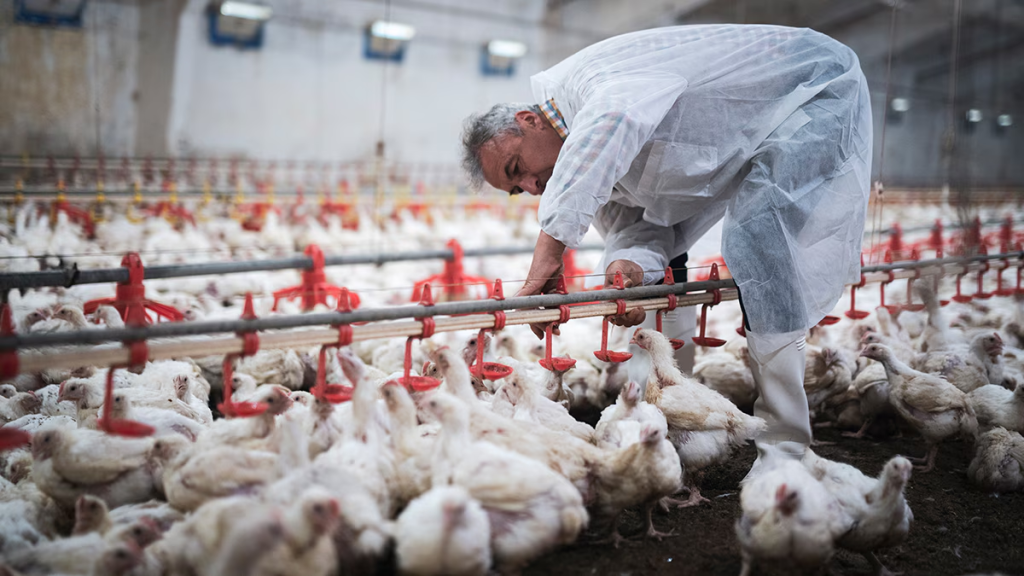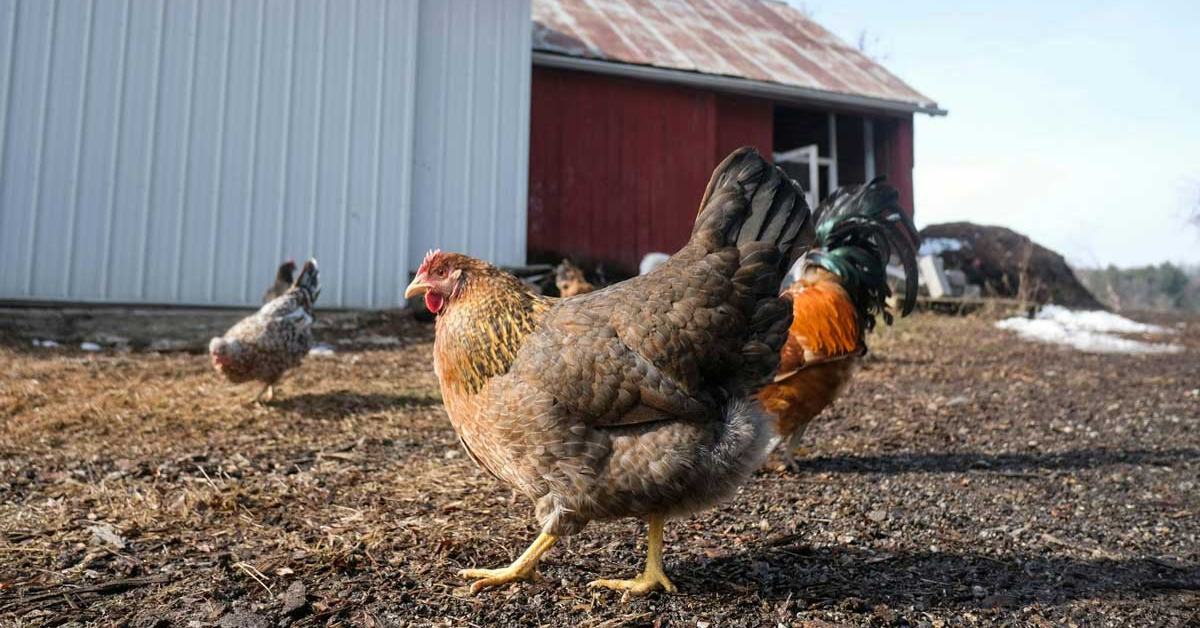In Michigan, the H5N1 avian flu outbreak has caused growing concern, with a total of seven confirmed cases reported since December 16. The first case of the outbreak was detected at a poultry facility in Ottawa County, setting off a chain of events that has affected both wild and domestic animals.
The H5N1 strain of avian flu, commonly known as bird flu, circulates in wild birds and can spread to poultry, causing infections that are classified as either highly pathogenic or low pathogenic. Michigan saw its first cases of this virus in 2022, which were attributed to a highly pathogenic strain, resulting in significant disruptions in local poultry industries. This year, however, the situation is more worrying as the outbreak continues well into winter, a time when flu cases typically tend to decrease.
Dr. Kimberly Dodd, a prominent infectious disease expert and dean of the College of Veterinary Medicine at Michigan State University, spoke about the uniqueness of the current outbreak. “Generally, once winter arrives, the number of cases drops off, and the outbreak is resolved. However, in this case, the outbreak has persisted over the winter and spread across the entire country,” Dr. Dodd explained.
The consequences of the H5N1 strain have been severe. Over 340,000 birds have been affected so far in Michigan, with the virus moving beyond poultry to infect wild mammals, particularly young carnivores and scavengers. The virus has also spread to marine mammals near waterfowl, heightening concerns about the broader ecological impact.
But it doesn’t end with wild animals. The virus has reached Michigan’s dairy cattle herds. The first confirmed case in dairy cattle occurred in March 2024, marking the first instance of avian flu infection in dairy cattle in the U.S. Since then, the virus has spread to other herds across the state, raising alarm in the agricultural community.
Dr. Dodd shared that dairy farms, in particular, have seen infections in domestic animals as well. “Dozens of domestic and wild cats have been infected after coming into contact with dairy cattle,” she said. “We believe this spread may be due to barn cats having access to raw milk on farms. Raw milk contains high levels of the virus.”
While human cases of avian flu have been reported, the situation remains relatively under control. The Centers for Disease Control and Prevention (CDC) has confirmed 67 cases of H5N1 in humans across the U.S., with one death reported in Louisiana.
However, the CDC has reassured the public that the risk to human health remains low. Despite this, experts like Dr. Dodd continue to monitor the situation closely as the virus continues to spread among animal populations.

The situation raises important questions about the broader environmental and agricultural implications of avian flu. As more cases of infection are discovered in both wildlife and domesticated animals, authorities urge farmers, wildlife experts, and the general public to stay vigilant.
Farmers, particularly in the poultry and dairy sectors, are encouraged to adopt strict biosecurity measures to prevent further outbreaks. This includes limiting the movement of animals between farms, improving farm hygiene, and keeping wild birds away from livestock areas. Public health officials also continue to advise caution when handling raw milk and ensuring that all dairy products are properly pasteurized.
While the virus has yet to show significant threat to human health, the rapid spread of H5N1 among animals remains a cause for concern. As the situation continues to evolve, experts like Dr. Dodd remain on the front lines, providing guidance to both farmers and the general public. With no end in sight for the outbreak, vigilance remains key in managing and controlling the spread of this highly contagious virus.
Disclaimer: This article has been meticulously fact-checked by our team to ensure accuracy and uphold transparency. We strive to deliver trustworthy and dependable content to our readers.

